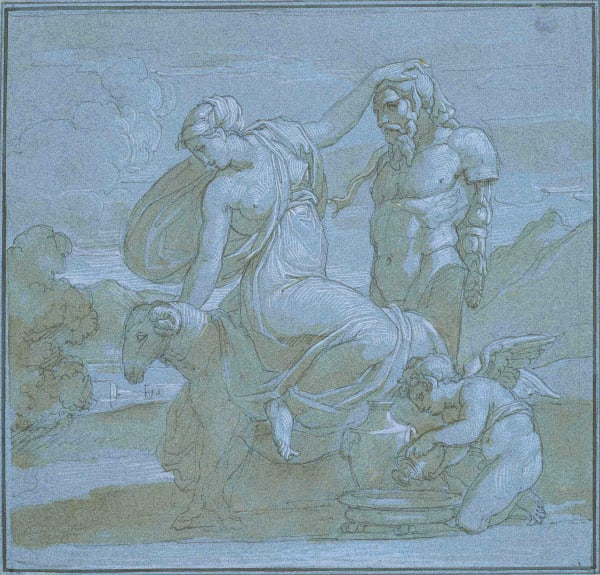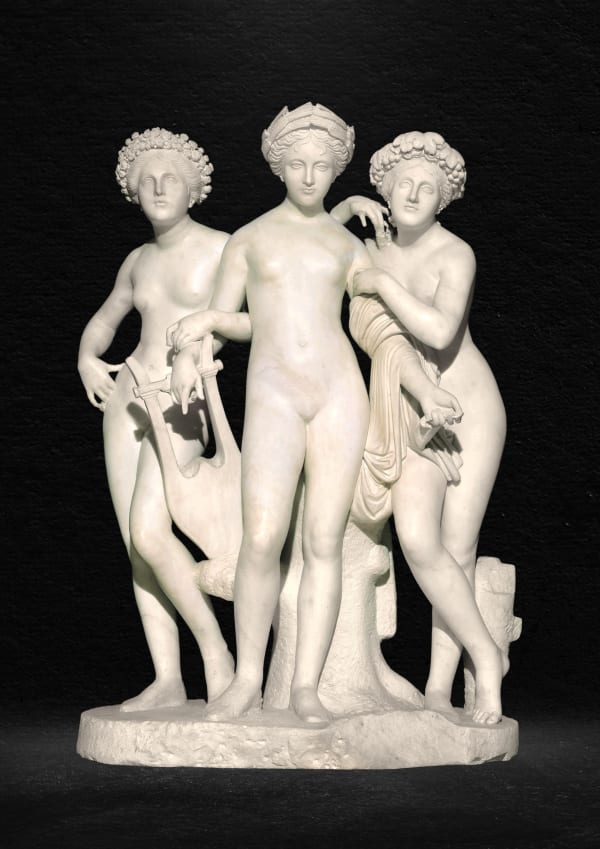
Conrad Martin METZ
Literature
Thieme, Becker, Allgemeines Lexikon der Bildenden Künstler, Leipzig, E. A. Seemann, 1931, XXIV, p. 443.
Conrad Martin Metz, the son of painter Johann Metz, was born in Bonn in 1749. Leaving Germany in 1781, he travelled to London, where he completed his training in the workshop of Francesco Bartolozzi. Over the years that he spent in England he produced and published numerous volumes of drawings including Imitations of Ancient and Modern Drawings in 1789 (a second edition of which saw the light in 1798), Imitations of Drawings of Parmegiano in 1790 and Schediasmata ex Archetypis Pol. Caravagiensis (Observations after the original by Caravaggio) in 1791. He moved to Rome in 1801, producing a collection of engravings inspired by Michelangelo's Last Judgement in the Sistine Chapel. He was to remain in the city until his death in 1827 .
Metz was an extremely versatile artist, devoting his energies to engraving, painting, water-colour and drawing, although his volumes of drawings inspired by Classical works of art are unquestionably his best-known work.
His drawing of the Triumph of Venus, dated 1819, is a mature work, the iconography for which he drew from the story in Hesiod, according to which Venus was born from the foam of the sea. The goddess, who occupies the centre of the composition, is shown on a shell with her son Eros by her side, while Neptune sits on a large horse-drawn chariot on her right and the Three Graces offer her garlands of flowers on her left. In the background, Apollo's chariot is seen moving towards the sky, where Zeus sits in majesty among the clouds on Mount Olympus. Despite the almost chaotic plethora of figures, the drawing is remarkable for its soft and delicate penstrokes which impart an extremely elegant feel to the composition as a whole.
Join the mailing list
Subscribe to our newsletter to receive all the news about exhibitions, fairs and new acquisitions!





